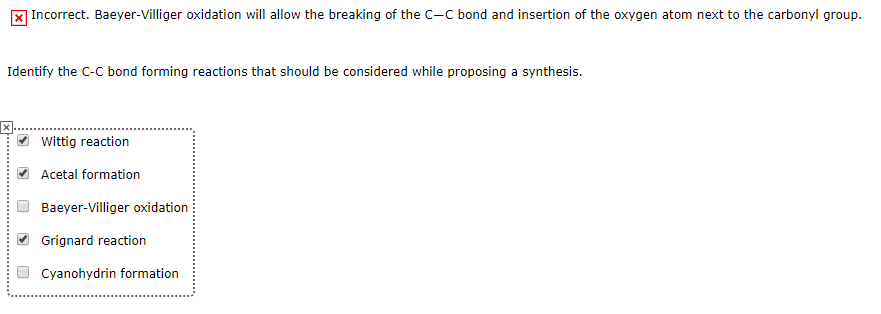viks511
viks511De Montfort University
0 Followers
0 Following
1 Helped
viks511Lv2
12 Apr 2023
Answer: In option IV, the summands inside the parentheses should be multiplied...
viks511Lv2
8 Apr 2023
Answer: Step-by-step explanation: The C-C bond forming reactions that should b...
viks511Lv2
8 Apr 2023
Answer: Step-by-step explanation: Your work is correct. You used the bond ener...
viks511Lv2
8 Apr 2023
Answer: Step-by-step explanation: CCl4 - The central carbon atom in CCl4 is bo...
viks511Lv2
8 Apr 2023
Answer: Step-by-step explanation: Part A: Sure, here's how to balance the nucl...
viks511Lv2
8 Apr 2023
Answer: Step-by-step explanation: Using absorption costing principles, the pro...
viks511Lv2
8 Apr 2023
Answer: Step-by-step explanation: Answer 1: The momentum of an object is defin...
viks511Lv2
8 Apr 2023
Answer: Step-by-step explanation: To print the Hanoi Tower in Python, you can ...
viks511Lv2
8 Apr 2023
Answer: Step-by-step explanation: I. Copper wire: is an element, as it is comp...
viks511Lv2
30 Mar 2023
Answer: Step-by-step explanation: Answer 2.1--- (a) Since S Ltd sold the machi...
viks511Lv2
30 Mar 2023
Answer: Step-by-step explanation: a) Copper wire - elementb) Copper ore - hete...
viks511Lv2
30 Mar 2023
Answer: Step-by-step explanation: a) Silver ingot - elementb) Silver ore - het...
viks511Lv2
30 Mar 2023
Answer: Step-by-step explanation: a) strontium- Srb) xenon-Xec) oxygen-Od) zin...
viks511Lv2
30 Mar 2023
Answer: Step-by-step explanation: The formula for (A + B)² expands to:(A + B)²...
viks511Lv2
30 Mar 2023
Answer: Step-by-step explanation: To find the gradient of the scalar field f, ...
viks511Lv2
30 Mar 2023
Answer: 14,7,-7,-14 is an arithmetic sequence, where the common difference bet...
viks511Lv2
29 Mar 2023
Answer: Part A: Boyle's Law 1) P1V1 = P2V2Where,P1 = 1.5 atm (initial pressure...




